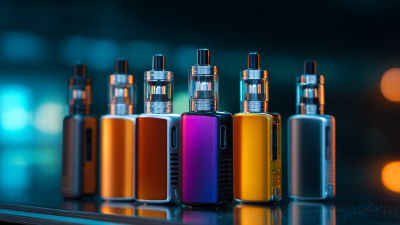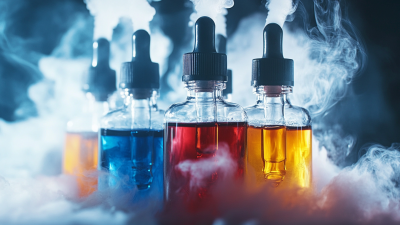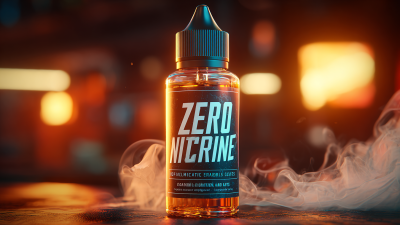The vaping industry has witnessed a significant transformation in recent years, with the emergence of
Synthetic Nicotine E-Juice taking center stage in 2023. This innovative product, synthesized in laboratories rather than derived from tobacco plants, has ignited discussions among consumers and regulators alike, reshaping the landscape of nicotine consumption.
 As more users explore alternatives to traditional smoking and standard e-liquids, understanding the market trends and consumer insights surrounding Synthetic Nicotine E-Juice becomes increasingly crucial. From its appeal to those seeking nicotine without the complications of tobacco regulations to the diverse flavors and formulations available, this synthetic version offers a novel experience that reflects changing preferences and lifestyles. This exploration aims to provide a comprehensive overview of the rise of Synthetic Nicotine E-Juice, detailing its market dynamics, consumer demographics, and the implications for the broader vaping industry in 2023.
As more users explore alternatives to traditional smoking and standard e-liquids, understanding the market trends and consumer insights surrounding Synthetic Nicotine E-Juice becomes increasingly crucial. From its appeal to those seeking nicotine without the complications of tobacco regulations to the diverse flavors and formulations available, this synthetic version offers a novel experience that reflects changing preferences and lifestyles. This exploration aims to provide a comprehensive overview of the rise of Synthetic Nicotine E-Juice, detailing its market dynamics, consumer demographics, and the implications for the broader vaping industry in 2023.
Synthetic nicotine is gaining prominence in the vaping industry, attracting attention for its unique composition and benefits compared to traditional tobacco-derived nicotine. Unlike the conventional form, synthetic nicotine is created in a laboratory setting, allowing for a purer, more consistent product. This controlled process can eliminate impurities found in natural sources, which can enhance the vaping experience for users. By offering a refined nicotine option, manufacturers are able to cater to a growing market of consumers seeking cleaner, high-quality e-juice.
One of the key advantages of synthetic nicotine is its versatility. It can be formulated to match varying strengths and flavor profiles, accommodating a wide range of preferences among vapers. Additionally, because synthetic nicotine is not derived from tobacco plants, it may sidestep some regulatory challenges faced by traditional nicotine products. This has opened the door for innovative brands to emerge, pushing the boundaries of flavor and potency in e-juices. As consumers become more informed about their options, synthetic nicotine is positioning itself as a favored choice in the evolving landscape of vaping.
The rise of synthetic nicotine e-juice in 2023 can be attributed to several key market trends that reflect shifting consumer preferences and regulatory changes. One major growth factor is the increasing demand for alternatives to traditional nicotine products. As consumers become more health-conscious and seek safer vaping options, synthetic nicotine offers a perception of reduced harm compared to tobacco-derived counterparts. Additionally, the versatility of synthetic nicotine in formulation allows for a broader range of flavors and strengths, appealing to a diverse audience of vapers.
Moreover, regulatory shifts have played a crucial role in the popularity of synthetic nicotine. With various jurisdictions imposing stricter regulations on the sale and marketing of traditional tobacco products, manufacturers have pivoted towards synthetic alternatives to comply with these rules more easily. This has not only allowed brands to circumvent certain restrictions but has also attracted consumers looking for products that might not be subject to the same regulatory scrutiny. Thus, the combination of health considerations and regulatory environments is fueling the growth of synthetic nicotine in the e-juice market.
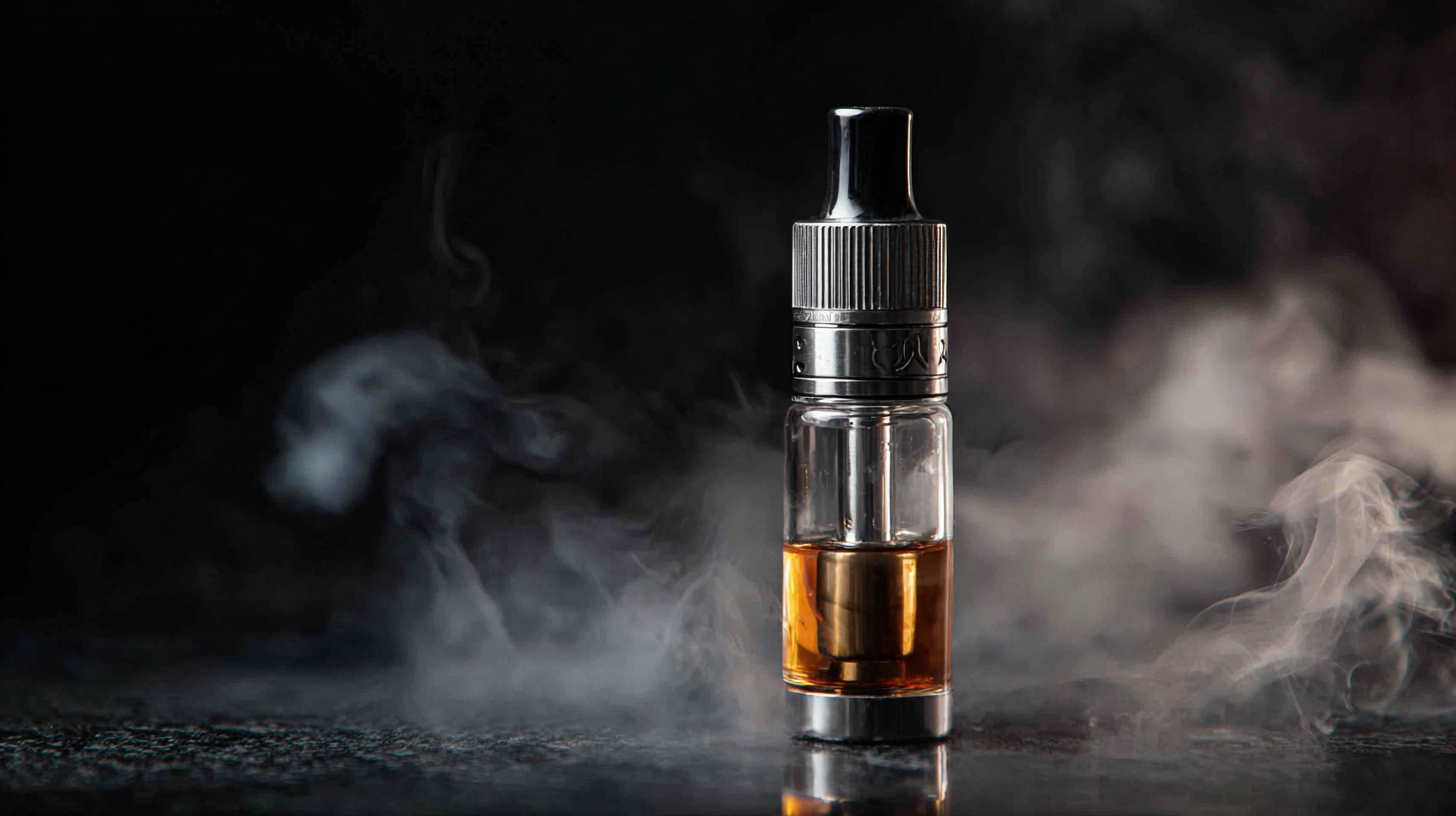
As the synthetic nicotine e-juice market continues to gain momentum in 2023, consumer preferences are shaping the landscape in unique ways. Recent data from the Tobacco Vapor Electronic Cigarette Association (TVECA) indicates that nearly 60% of vapers are gravitating toward synthetic options primarily for their perceived purity and consistency. Users appreciate that synthetic nicotine can offer a cleaner taste and a more reliable experience, free from the impurities often associated with tobacco-derived nicotine.
Tips for consumers looking to make informed choices: when selecting synthetic e-juice, consider checking product labels for ingredient transparency and third-party testing certifications. This ensures you’re not only choosing a product that meets safety standards but also one that aligns with your personal preferences.
Moreover, flavored synthetic nicotine e-juices are becoming increasingly popular, with flavor variety being a crucial consideration for over 70% of users, according to a recent consumer insights report by Grand View Research. Flavors ranging from fruity to dessert-inspired allow for customization and cater to a diverse demographic. As brands continue to innovate, staying attentive to flavor quality and user reviews can enhance the vaping experience significantly.
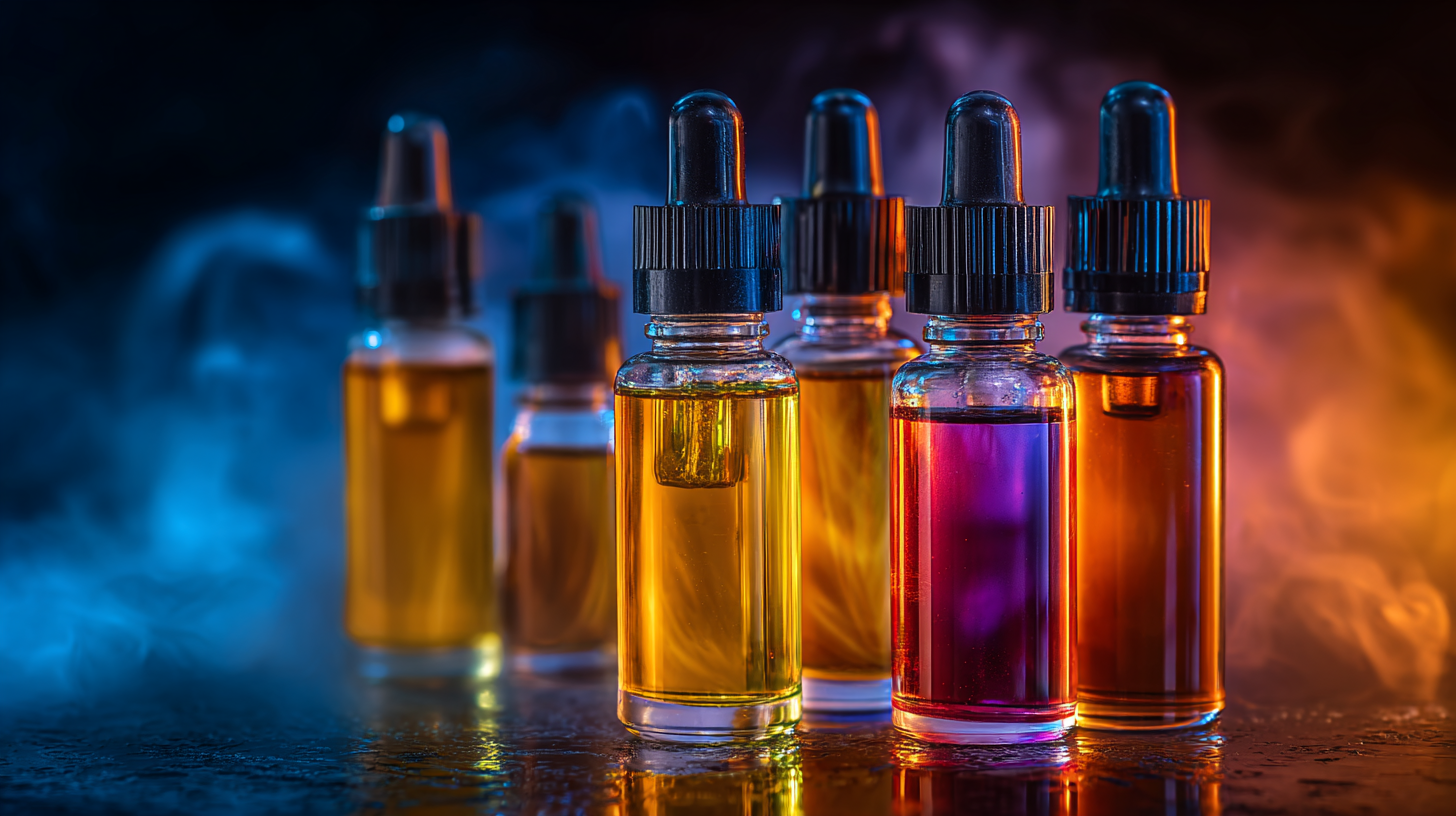
In 2023, the landscape of synthetic nicotine products is significantly shaped by emerging regulations aimed at ensuring consumer safety and product integrity. Synthetic nicotine, which is derived from non-tobacco sources, has garnered attention for sidestepping traditional tobacco regulations. This has prompted legislators to take action, as concerns about health impacts and youth access have intensified. Regulatory bodies are now focusing on comprehensively defining synthetic nicotine in legal terms, which could lead to stricter quality control measures and labeling requirements for manufacturers.
As these regulations evolve, companies in the synthetic nicotine e-juice market must navigate a complex legal framework to remain compliant. Many brands are proactively adapting their production processes and marketing strategies to align with the anticipated guidelines. This shift not only aims to foster consumer trust but also to mitigate the risk of legal repercussions that could arise from non-compliance. Consequently, the legal landscape surrounding synthetic nicotine products is becoming a critical factor for both existing players and new entrants in the market, influencing their operational strategies and overall market growth.
This bar chart illustrates the growth of the synthetic nicotine e-juice market from 2020 to 2023. The increasing percentage highlights the rising popularity and consumer demand for synthetic nicotine products amidst changing regulations and market dynamics.
The synthetic nicotine e-juice market is poised for significant growth as consumer preferences shift and regulatory landscapes evolve. According to the latest report by Market Research Future, the global synthetic nicotine market is projected to reach USD 9.5 billion by 2025, growing at a CAGR of 20% from 2023. This trend is driven by an increasing demand for nicotine products that bypass traditional tobacco regulations, appealing to both existing smokers and those seeking alternatives.
Innovations in delivery systems and flavor profiles are expected to enhance consumer experiences further, leading to new product launches in 2023. Companies like Next Generation Labs have already begun to explore advanced formulations that offer smoother delivery and a broader array of flavors, which research indicates can significantly increase customer satisfaction and retention.
A survey conducted by the Tobacco Research Institute found that 68% of potential users were more likely to choose synthetic nicotine e-juices due to their perceived safety and customizable options. This trend indicates a promising future for synthetic nicotine products, with brands needing to adapt and innovate to stay competitive in this rapidly evolving market.


